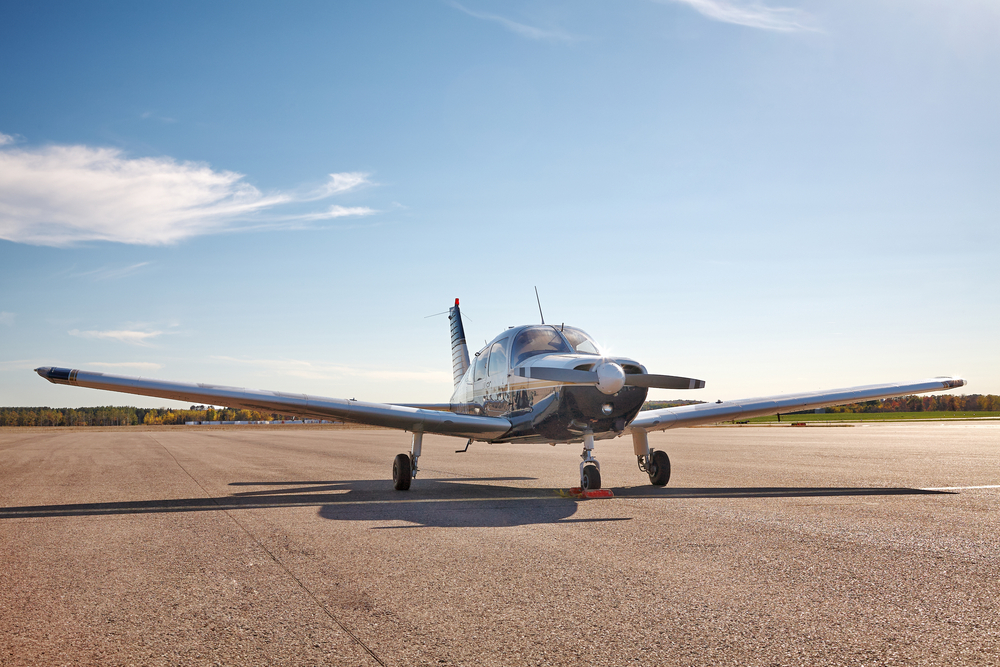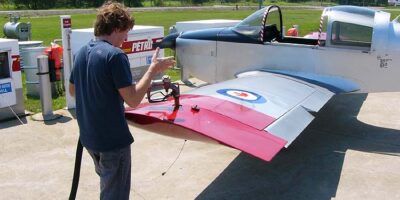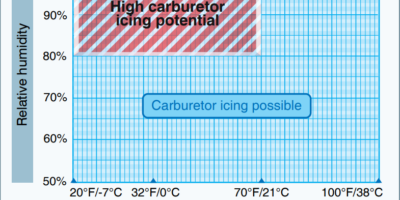The tailwheel endorsement opens doors to flying classic aircraft, backcountry strips, and warbirds. This additional training teaches skills that make any pilot better, regardless of what they normally fly. The certification process involves ground instruction, flight training, and a logbook endorsement from a qualified instructor.
Quick Answer: Getting a tailwheel endorsement requires 7-15 hours of dual instruction costing $1,500-$3,000 total. Training covers wheel landings, three-point landings, crosswind techniques, and ground handling. No written test or checkride is required—just a CFI logbook endorsement per FAR 61.31(i). Most pilots complete the endorsement in 5-7 days of intensive training.
Training Requirements and Process
FAR 61.31(i) requires instruction in normal and crosswind takeoffs and landings, wheel landings (except tailwheel seaplanes), and go-around procedures. No minimum hours are specified, but most pilots need 7-15 hours depending on experience and natural aptitude. The instructor signs your logbook when proficient.
Training typically starts with straight-line taxiing to develop rudder awareness. You’ll practice high-speed taxis before attempting takeoffs. Landings begin with three-point touchdowns on calm days, progressing to wheel landings and crosswinds. Ground loops are discussed extensively—prevention is the primary focus throughout training.
Cost Breakdown
Expect to pay $150-$250 per hour for aircraft rental (Piper Cub, Citabria, or similar). Instructor fees run $60-$100 per hour. Total costs range from $1,500 for efficient students to $3,000 for those needing additional practice. Insurance requirements may add costs if you’re low-time.
Some schools offer accelerated programs with lodging packages. A typical 5-day intensive course costs $2,500-$3,500 all-inclusive. This format works well for focused learning without gaps between lessons. The concentrated training helps muscle memory develop faster than once-weekly lessons.
Common Aircraft Used for Training
The Piper J-3 Cub is the classic trainer with 65 hp and gentle handling. The Cessna 120/140 offers side-by-side seating with slightly higher performance. Citabrias provide aerobatic capability and 150 hp for more challenging training. Decathlons give excellent visibility and responsive controls.
Some schools use Cessna 170s or 180s for transitioning pilots. These heavier aircraft teach energy management better but cost more per hour. Super Cubs with 150 hp engines split the difference—more power than a J-3 but similar handling characteristics. Choose based on what you plan to fly after training.
Key Skills You’ll Develop
Rudder coordination becomes second nature—tailwheels demand constant feet movement. Crosswind correction techniques transfer directly to nosewheel aircraft. Energy management improves as you learn to judge three-point versus wheel landing approaches. Situational awareness increases with the limited forward visibility on the ground.
Ground handling teaches precise stick and rudder control during taxi. You’ll master the tailwheel’s tendency to weathervane in crosswinds. Recovery from swerves becomes instinctive. The skills learned make you smoother in any aircraft, including jets and turboprops.
Weather Minimums and Progression
Early lessons require calm winds—3-5 knots maximum. As proficiency builds, you’ll practice in 10-15 knot direct crosswinds. Surface winds matter more than upper winds due to the ground handling challenges. Gusts above 10 knots create learning difficulties for beginners.
Training progresses from three-point landings to wheel landings, then crosswind work. You’ll practice short-field techniques and soft-field procedures. Go-arounds from various configurations become routine. The final lessons involve full-stop landings in challenging crosswinds demonstrating complete proficiency.
Common Mistakes to Avoid
Don’t rush the ground roll—keep the stick back until clear of the runway. Avoid over-controlling with rudder, which induces oscillations. Never let the aircraft weathervane into the wind without correction. Don’t balloon landings by flaring too high or too fast.
Students often fixate on the nose position instead of looking down the runway. Holding aileron into the wind after touchdown is frequently forgotten. Brake usage must be gentle and symmetric. Learning when to go around instead of salvaging a bad landing is crucial—tailwheels are less forgiving than nosewheels.
Insurance and Practical Benefits
Many insurance companies require tailwheel time for coverage on conventional gear aircraft. The endorsement reduces premiums on vintage aircraft and backcountry planes. Some warbird organizations require 25-50 hours tailwheel time before checking out in their aircraft.
Beyond insurance, the skills make you employable for specialty flying jobs. Bush flying, agricultural aviation, and warbird operations all prefer or require tailwheel experience. The precision learned transfers to better landings in all aircraft. Many pilots report improved confidence and stick-and-rudder skills that last their entire career.
Join the Aircraft Insider Community
Get exclusive backcountry flying tips, aircraft reviews, and Western aviation destinations delivered to your inbox.
✈️ No spam, ever. Unsubscribe anytime. Privacy respected.




Leave a Reply